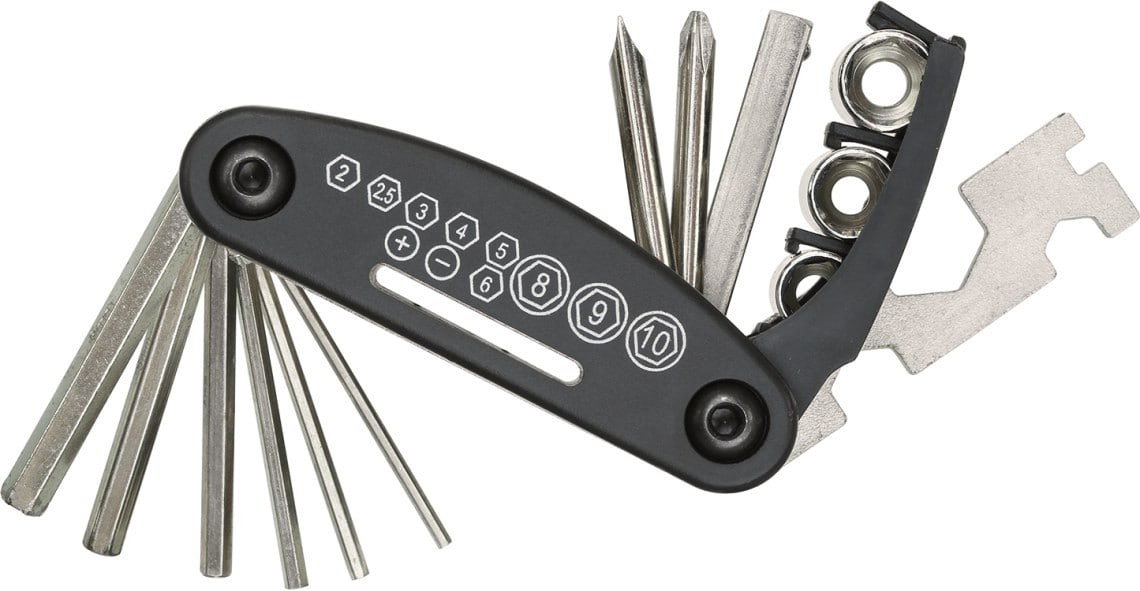All-In-One Solutions for Wireless Product Design
In an increasingly connected world, wireless technology has become a necessary function in most applications. From connected homes to smart cities to commercial and industrial automation, wireless microcontrollers provide a reliable and efficient way to communicate between devices and the cloud.
Our wireless MCUs offer the same performance and functionality as our broader 32-bit MCUs while supporting popular wireless technologies. Add even more connectivity to your design using our rich set of peripherals and support for wired connectivity including CAN/CAN FD, USB and Ethernet.
With our proven MCU performance and extensive hardware and software ecosystem, you can easily design next-generation products while reducing your overall cost.

Wireless MCU Product Portfolio
Our wireless MCU modules, Systems in Packages (SiPs) and SoCs make it easy to add Wi-Fi®, Bluetooth®, Zigbee® and other technologies to your embedded design.

Multi-Protocol MCUs
Flexible Connectivity
Our multi-protocol MCUs are Arm® Cortex®-based modules and SoCs with Bluetooth Low Energy (LE) and Zigbee.

Zigbee MCUs
Large Mesh Networks
These Arm Cortex-based 32-bit MCU modules and SoCs enable Zigbee connectivity.

Wi-Fi MCUs
Robust and Secure
These MIPS32® M-Class MCU modules and SoCs enable 802.11 b/g/n connectivity.

Sub-GHz MCUs
Extended Range
These Arm Cortex-based MCU modules and SiPs enable 802.15.4 connectivity.
Is a Wireless MCU Right for Your Project?
Benefits of Wireless Microcontrollers
Designing and building wireless products is complicated. Choosing an MCU with wireless functionality can reduce the difficulty of IoT design, helping you get to market faster with lower production costs.
All-In-One Solution
If your project requires flexible connectivity, a wireless MCU might be a good choice. Wireless MCUs offer multiple functions, including connectivity, in a single chip. In general, decreasing the number of chips (MCU or otherwise) in a design reduces the design difficulty and cost. The primary reason is because the manufacturer is doing some of the work for you. With the right wireless MCU, all you need to do is to power the device on and connect it.
No Radio Frequency (RF) Expertise Needed
To further simplify the design process, consider a wireless MCU module. Although a wireless MCU IC can connect via Wi-Fi, Bluetooth or other technology, it needs an antenna to broadcast that connection. On its own, building an antenna that performs well is a challenge. Add the necessary certifications and designing your own antenna becomes even more difficult and costly.
Wireless MCU modules remove the RF obstacles associated with IoT design. Our modules require no RF expertise because they include antennas built for optimal RF performance. We further simplify the RF process by getting our modules pre-certified in many countries so that you can bypass the certification process and focus on your product.
All-In-One Support
To further accelerate your development, our easy-to-use integrated development environment and MPLAB® Harmony embedded software development framework allow you to work directly with the wireless stack. Rapid prototyping is a reality when you can use one tool to program your application including wireless connectivity.

Getting Started
We Have All the Tools Needed to Jumpstart Your Project
Our comprehensive selection of tools and accessible support make wireless product development easy. Our resources include:
- Modules and devices
- Development boards
- Detailed documentation
- Demo applications
- Wireless design check service
- Technical support

- Development Tools
- Additional Resources

WBZ451 Curiosity Development Board
Bluetooth LE and Zigbee
Evaluate the performance of the PIC32CX-BZ2 family of MCUs using Bluetooth LE, Zigbee or both, simultaneously.

WFI32E Curiosity Development Board
Wi-Fi
This board is a full-featured development platform for evaluating the performance of the WFI32 Wi-Fi MCU modules.

WFI32-IoT Development Board
Wi-Fi
With its compact size and low power consumption, the WFI32-IoT Development Board is a good choice for quickly prototyping battery-powered applications.

SAM R30 Sensor Board
Sub-GHz
The SAM R30M Sensor Board is a complete regulatory FCC-, CA- and EU RED-certified reference design for exploring and evaluating the ATSAMR30M18A module.

PIC32MZ-W1 and WFI32 Wi-Fi MCU Family Overview
Designed to thrive in harsh conditions, our Wi-Fi MCU modules and SoCs offer industrial-level features, robust connectivity and advanced security.

MPLAB® Harmony Development Framework
Explore our MPLAB development ecosystem and discover how it makes designing your product effortless and reduces your overall costs.